The three draft laws include: Law amending and supplementing a number of articles of the 2019 Law on Education ; Law on Vocational Education (amended); Law on Higher Education (amended).
The Minister emphasized that the three draft laws are closely related and have been developed synchronously to promptly institutionalize the Party's major policies and orientations.
Regarding some basic contents of the draft Law amending and supplementing a number of articles of the Law on Education , the draft Law focuses on 4 groups:
Firstly, institutionalizing a number of important contents of the Party, especially Resolution No. 71-NQ/TW of the Politburo on breakthroughs in education and training development (Resolution 71) such as: stipulating that lower secondary education is compulsory, universalizing preschool education for children from 3 to 5 years old; supplementing principled regulations on State policies in science and technology and digital transformation, especially the controlled application of artificial intelligence, building a national database on education and training; stipulating a unified set of textbooks nationwide;
Do not organize school councils in public educational institutions; complete regulations on scholarships for students, supplement the national scholarship fund; innovate the model of gifted schools, supplement the type of boarding schools; teachers are jointly owned between science and technology organizations and higher education institutions; specify the budget expenditure structure for investment and higher education; provide principled regulations on preferential policies on taxes and land for educational institutions...
Second, remove practical obstacles, ensure state management and the consistency of the legal system: add vocational secondary education at the same level as high school to the national education system; clarify the direction of post-secondary education in accordance with the capacity, strengths and talents of learners.
At the same time, remove obstacles and difficulties in the practice of training specific professions in the field of art; stipulate that diplomas and certificates can be issued in paper, electronic or digital form; separate local educational materials from textbooks and assign the authority to compile, appraise and approve to localities;
Supplementing educational support services that do not overlap with activities guaranteed by the state budget or tuition revenue; identifying educational support personnel; not requiring mandatory quality assessment for preschool education, general education, and continuing education; perfecting regulations on investors to ensure stability for learners and operations of educational institutions, while being consistent with the provisions of the Investment Law....
Third, clearly demonstrating the spirit of decentralization and delegation in education management, increasing the initiative and autonomy of the Ministry of Education and Training, local authorities and educational institutions, both meeting the requirements of modern, effective and efficient development and in line with the Party and State's policy on promoting decentralization and delegation.
Fourth, Adjust 69 out of 126 current administrative procedures (accounting for 54.76%), in the direction of not directly regulating administrative procedures in the Law but transferring them to regulations in the Government's Decree, while simultaneously reducing, digitizing and strongly decentralizing to localities as well as educational institutions, contributing to improving management efficiency and creating convenience for learners and schools.
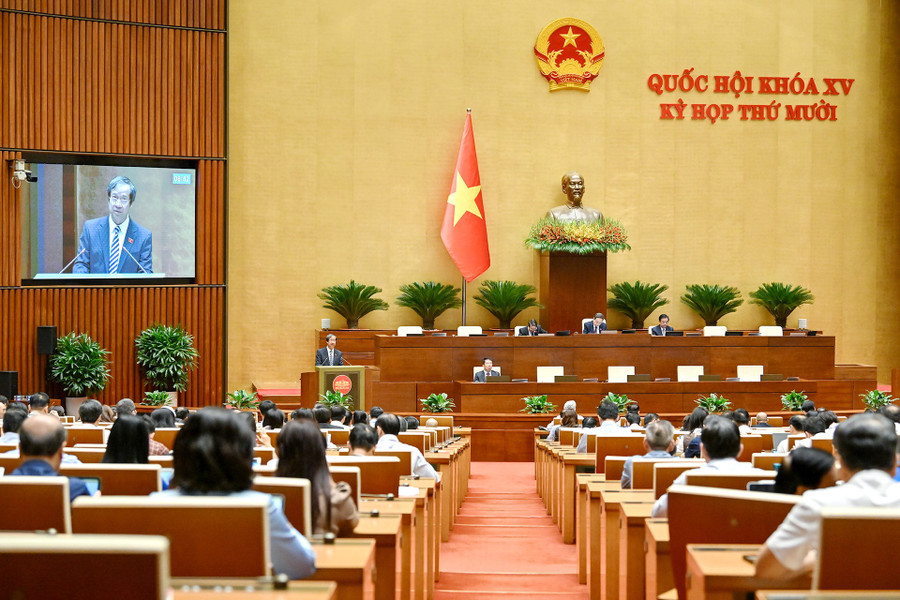
Regarding the basic contents of the draft Law on Vocational Education (amended). The draft Law consists of 9 chapters and 42 articles, 37 articles less than the current Law. The main features include:
Firstly, the Draft ensures comprehensive autonomy for vocational education institutions (VETs), regardless of financial level, and identifies VET as key in developing a highly skilled workforce, prioritized in the socio-economic development strategy and in state budget allocation.
Regarding the system, the Law supplements the vocational secondary school type at the same level as high school to promote the effectiveness of streaming and career guidance, contributing to the universalization of high school education and providing young human resources with vocational skills for the country's socio-economic development; at the same time, it does not stipulate school councils in public vocational education institutions.
Regarding linkage, the draft completes the cooperation mechanism between schools and enterprises through the formation of a diverse network of institutions participating in vocational education, encouraging enterprises to directly participate in program development, teaching, internship and assessment, along with regulations on the mechanism for establishing a fund for training human resources for enterprises.
In addition, the Law also emphasizes innovation in training programs, enrollment, recognition of learning outcomes, and expansion of financial support policies and preferential credit for learners as pointed out in the Resolution.
Second, to remove practical difficulties, the draft Law has revised and completed 30/42 articles (accounting for about 71.5%); streamlined and eliminated many provisions that have been adjusted in other legal documents, to avoid overlap and ensure the consistency of the legal system.
Third, in order to improve the quality of vocational education, the draft Law has added many important contents (6 new contents compared to the 2014 Law (stipulated in 12/42 articles, accounting for about 28.5%): First of all, adding the vocational secondary school model - a new level of education equivalent to high school, to diversify choices for learners in the national education system.
Along with that, the Law expands the types of facilities participating in vocational education, allowing schools, centers, businesses, cooperatives and other organizations to participate in training, creating a wider and more flexible vocational education network, especially granting autonomy to facilities.
The draft stipulates the recognition of learning outcomes and accumulated professional competencies, creating opportunities for learners to be flexible and convenient when transferring or transferring. At the same time, clearly establishes the role of enterprises as an important entity: participating in program development, teaching, organizing internships, and evaluating results; accompanied by a mechanism to establish a corporate human resource training fund to proactively share the responsibility of training highly skilled human resources.
Furthermore, the Law also stipulates standards for vocational education institutions and training programs; it supplements the institutional framework for full-time lecturers and teachers, contributing to improving the quality of training. Regarding integration, the draft expands cooperation with foreign investors, allowing Vietnamese vocational education institutions to conduct activities and cooperate internationally, thereby increasing the competitiveness and integration capacity of the vocational education system.
Fourth, the Draft Law on Vocational Education clearly demonstrates the spirit of decentralization and delegation in state management of vocational education to meet the requirements of modern, effective and efficient development, while at the same time being consistent with the Party and State's policy of promoting decentralization and delegation.
Fifth, the Draft Law omits 37/79 articles, accounting for 46.8%, from the 2014 Law on Vocational Education. The Draft Law on Vocational Education does not stipulate investment conditions but instead refers to the provisions of the Law on Education on the conditions for establishing, dividing, separating, merging, dissolving establishments, permitting operations, and establishing inspection organizations.
The above regulation has affected 100% of investment conditions compared to the 2014 Law on Vocational Education in the direction of cutting, reducing, and simplifying, including: Expected to abolish 39/74 administrative procedures.
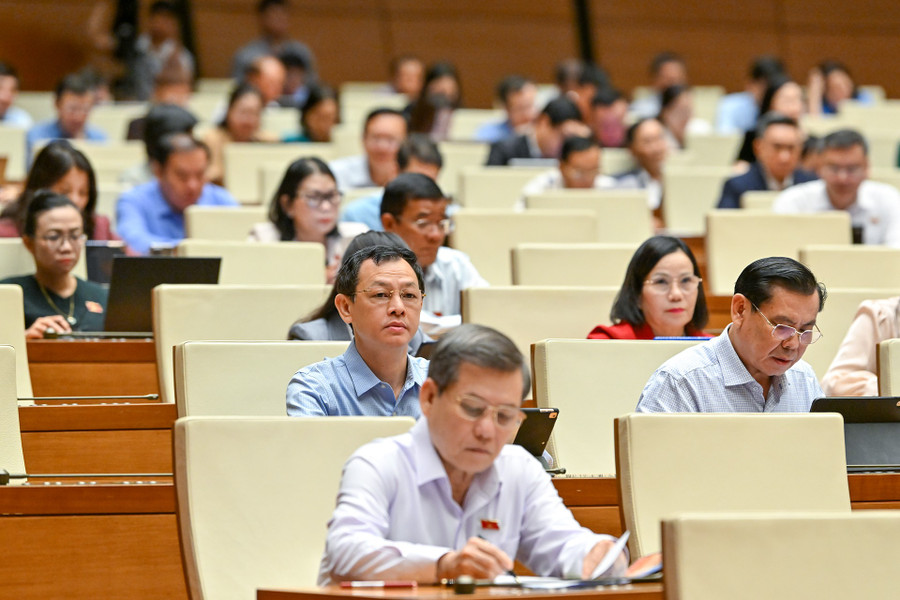
Regarding the basic contents of the draft Law on Higher Education (amended). The draft Law is built in the direction of a framework law, ensuring consistency. The draft includes 9 chapters and 46 articles, 27 articles less than the current Law on Higher Education. The main features include:
Firstly, the draft Law is built on the basis of a comprehensive summary of the implementation of the 2012 Law on Higher Education and the 2018 Law on Amendments and Supplements to a Number of Articles; closely following the spirit of Resolution 71, along with relevant resolutions of the Central Committee; in which the State plays a role in creating, ensuring resources and fairness in higher education, while confirming the autonomy of training institutions regardless of the level of financial autonomy, linking autonomy with the mechanism of self-responsibility and accountability.
The breakthroughs of the draft Law focus on perfecting the system, improving management capacity, increasing synchronous and unified command in the system; investing with focus and key points, developing a modern interconnected system, attracting excellent scientists; strengthening policies to directly support learners; and eliminating formal accreditation.
Based on the opinions of full-time National Assembly delegates, the latest update of the draft Law focuses on removing existing shortcomings in the connection between levels; specialized specialized training; adjusting the organizational structure to suit new requirements on school boards, branches and training locations suitable for two-level authorities.
Second, the draft Law inherits and maintains the current stability; overcomes current shortcomings. Expands the scope and management objects; corrects shortcomings in regulations on university autonomy, finance, assets, diplomas, forms and methods of training.
The revised and supplemented contents include 22/46 articles (accounting for about 48%), focusing on perfecting the university autonomy mechanism associated with self-responsibility and accountability, consolidating the organizational and administrative model to improve the effectiveness and efficiency of State management, especially applying solutions to improve training quality, improve programs, enrollment, accreditation, finance, teaching staff; standard management and transition from pre-control to post-control.
Abolish school boards in public institutions (except for public universities established under agreements between governments), define the Board of Directors, School Boards, and Investors in private educational institutions; supplement the mechanism for stopping enrollment, granting and withdrawing operating licenses for weak training sectors that do not ensure quality; at the same time, establish a system of program standards, university education institution standards, and a mechanism to ensure internal quality culture and substantive inspection, aiming to improve the quality, transparency, and reputation of the system.
Third, the modernization and standardization of higher education in the draft Law is reflected in nine new articles (accounting for about 20%) to meet the requirements of higher education development in the new period.
The new contents focus on promoting academic freedom and academic integrity, integration and connectivity between training levels; developing a digital higher education model, unlocking social resources in higher education, ensuring budget expenditure (3%) for higher education; promoting science, technology and innovation, investment policy mechanisms and organizing elite training, high-quality training, mass training - improving people's knowledge; connecting training and promoting lifelong learning; developing a digital higher education model; linking postgraduate training with science and technology; policies to attract and utilize domestic and foreign talents, while perfecting the tuition fee, scholarship mechanism and direct support for learners, ensuring fairness, efficiency and international integration in access to higher education.
Fourth, the draft Law continues to improve the mechanism of decentralization, decentralization and administrative reform in state management of higher education. The draft Law continues to promote administrative reform and innovate state management methods in higher education in the direction of strongly shifting from pre-control to post-control, simplifying processes, reducing administrative intervention, and at the same time improving transparency, responsibility and governance efficiency. Compared to the current Law, the number of administrative procedures is reduced from 9 to 4 (equivalent to 55%), through consolidation, streamlining and standardization of regulations related to registration of school and branch operations, foreign-invested facilities, and joint training programs.
Source: https://giaoducthoidai.vn/bo-truong-nguyen-kim-son-bao-cao-truoc-quoc-hoi-3-du-luat-ve-giao-duc-dao-tao-post753529.html




![[Photo] The captivating scenery of the fragrant maple forest in Quang Tri](/_next/image?url=https%3A%2F%2Fvphoto.vietnam.vn%2Fthumb%2F1200x675%2Fvietnam%2Fresource%2FIMAGE%2F2025%2F12%2F10%2F1765353233198_lan09046-jpg.webp&w=3840&q=75)
![[Photo] Explore the US Navy's USS Robert Smalls warship](/_next/image?url=https%3A%2F%2Fvphoto.vietnam.vn%2Fthumb%2F1200x675%2Fvietnam%2Fresource%2FIMAGE%2F2025%2F12%2F10%2F1765341533272_11212121-8303-jpg.webp&w=3840&q=75)


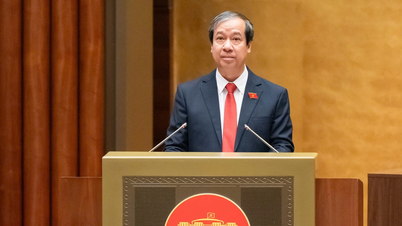


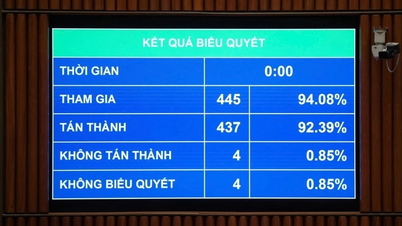



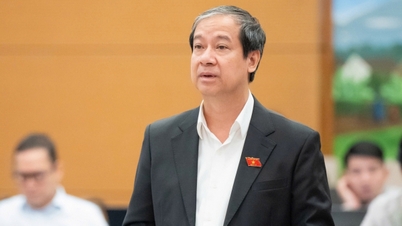





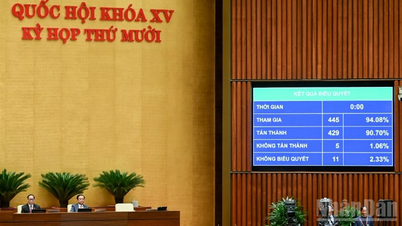

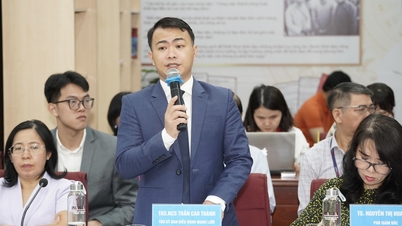



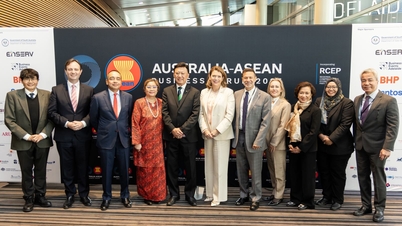






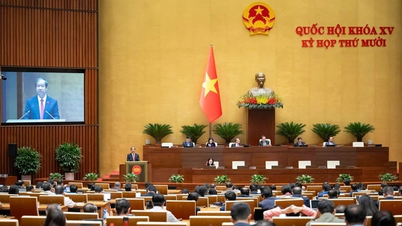
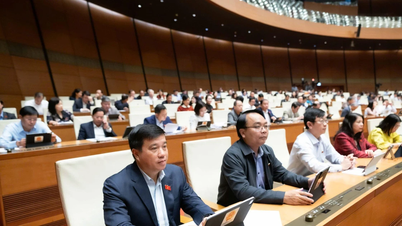








![[Video] The craft of making Dong Ho folk paintings has been inscribed by UNESCO on the List of Crafts in Need of Urgent Safeguarding.](https://vphoto.vietnam.vn/thumb/402x226/vietnam/resource/IMAGE/2025/12/10/1765350246533_tranh-dong-ho-734-jpg.webp)






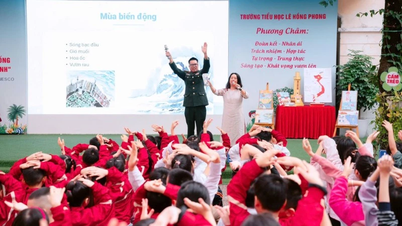


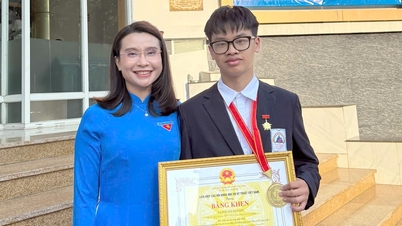
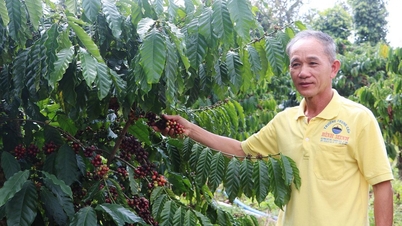

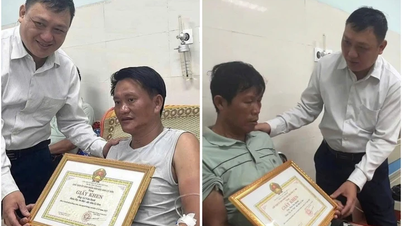


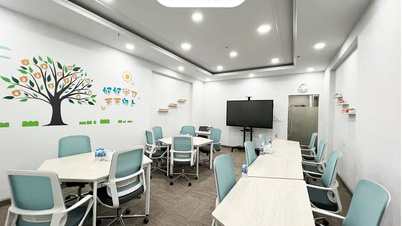

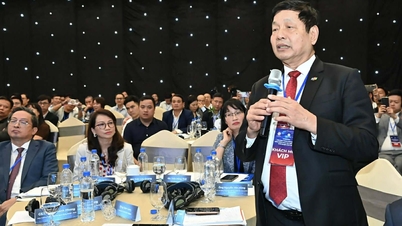

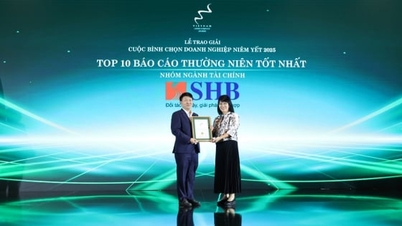







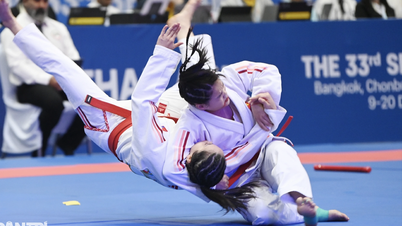
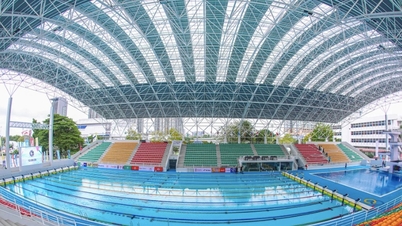











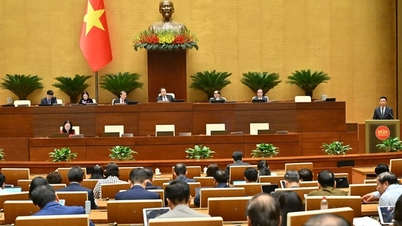

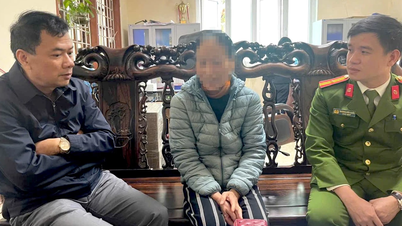

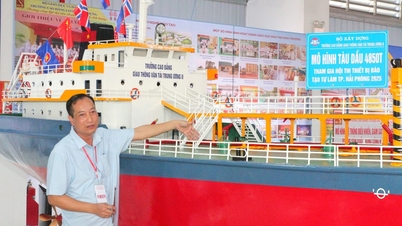

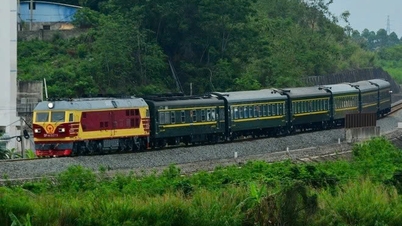






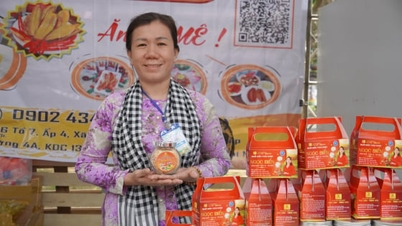

















Comment (0)